I am trying to solve the following question.
If we look at the solution part b) from 39:
Which of the following Relational Algebra Statement produces this relation?
* represents Natural join.
I have a problem with this small part here: (σ_weekdays=’MWF’(Flight)) * Flight_leg
(σ_weekdays=’MWF’(Flight)) returns tuples DL3 and BA12 now natural join with Flight_leg, but there are two DL3 in that table.
Is the resulting tuples :
- DL3, Delta, MWF, 1, JFK, 6:23, LHR, 13:54
- DL3, Delta, MWF, 2, LHR, 15:20, TXL, 16:03
- BA12, British Airways, MWF, 1, LHR, 5:23, JFK, 13:24
Or,
- DL3, Delta, MWF, 1, JFK, 6:23, LHR, 13:54
- BA12, British Airways, MWF, 1, LHR, 5:23, JFK, 13:24
excluding the second tuple with duplicate name?

